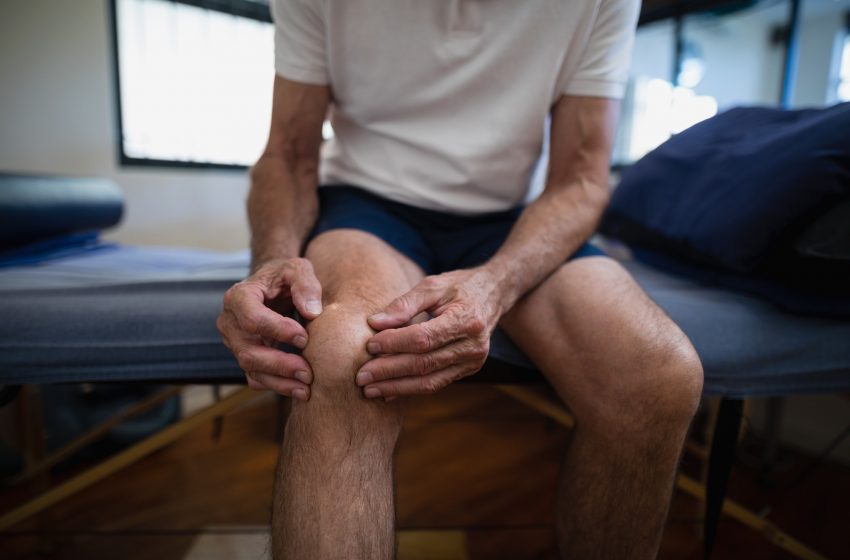
Knee Pain When Bending | The 14 Clear Facts That Helps
Knee pain when bending is a common problem that can be caused by any number of things. If you’re active and don’t want to give up your favorite activities, it’s important to understand the causes so you can prevent or treat them.
Experiencing pain when you bend your knee is a problem that many people face. This can range from mild discomfort to severe pain that limits mobility. There are several causes of knee pain when bending, but it is important to understand these so you can prevent or manage your symptoms effectively.
Some common causes include arthritis in the knees, degenerative changes in the knee joints, and injuries such as sprains and strains. If you think this may be affecting your life due to knee pain when bending then read on for more information about how to deal with it!
Knee problems are not something anyone wants to deal with; fortunately, there are ways to treat them successfully if they do arise! The first step before attempting treatment is understanding what might be causing the issue in the first place.
Here we’ll look at some common knee pain while bending causes and how you can fix them.
Contents
- 1 What are the symptoms of knee pain when bending
- 2 What causes knee pain when bending?
- 3 What can you do about knee pain when bending?
- 4 Why does it hurt to bend my knee
- 5 How can I prevent knee pain in the future?
- 6 Will I need knee surgery if it doesn’t get better on its own
- 7 What is the treatment for a person with knee pain
- 8 Stretching exercises to help alleviate some of the pain and discomfort that comes with bending your knee.
- 9 Shoes To Help With Knee Pain
- 10 Should You Apply Heat To Get Rid Of Knee Pain?
- 11 Using A Foam Roller To Treat Knee Pain When Bending
- 12 Final Thoughts
What are the symptoms of knee pain when bending
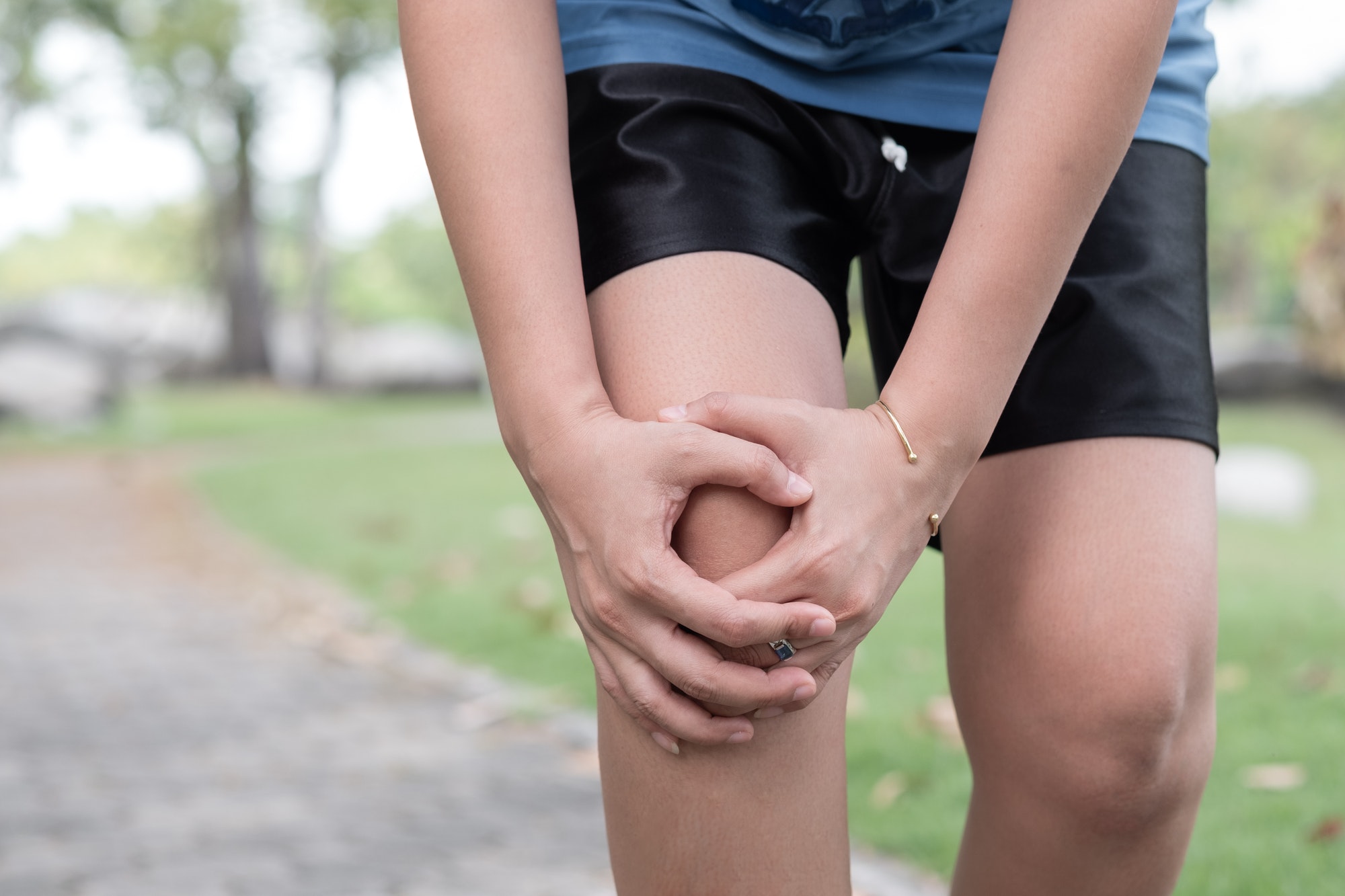
Some of the symptoms that you may experience when bending your knee may be just when you are lying in bed, when getting up from a seated position or when doing something as menial as tying your shoelaces. It’s more than likely that you will experience slight pain and tenderness if this is the case.
In more extreme cases you may notice the knee-buckling when you attempt to stand up from a seated position or even notice significant swelling and stiffness.
It is important to look at the severity of the symptoms as well as what activities you are engaging in that cause pain. This will help determine where exactly the issue lies and what action you should be taking next.
What causes knee pain when bending?
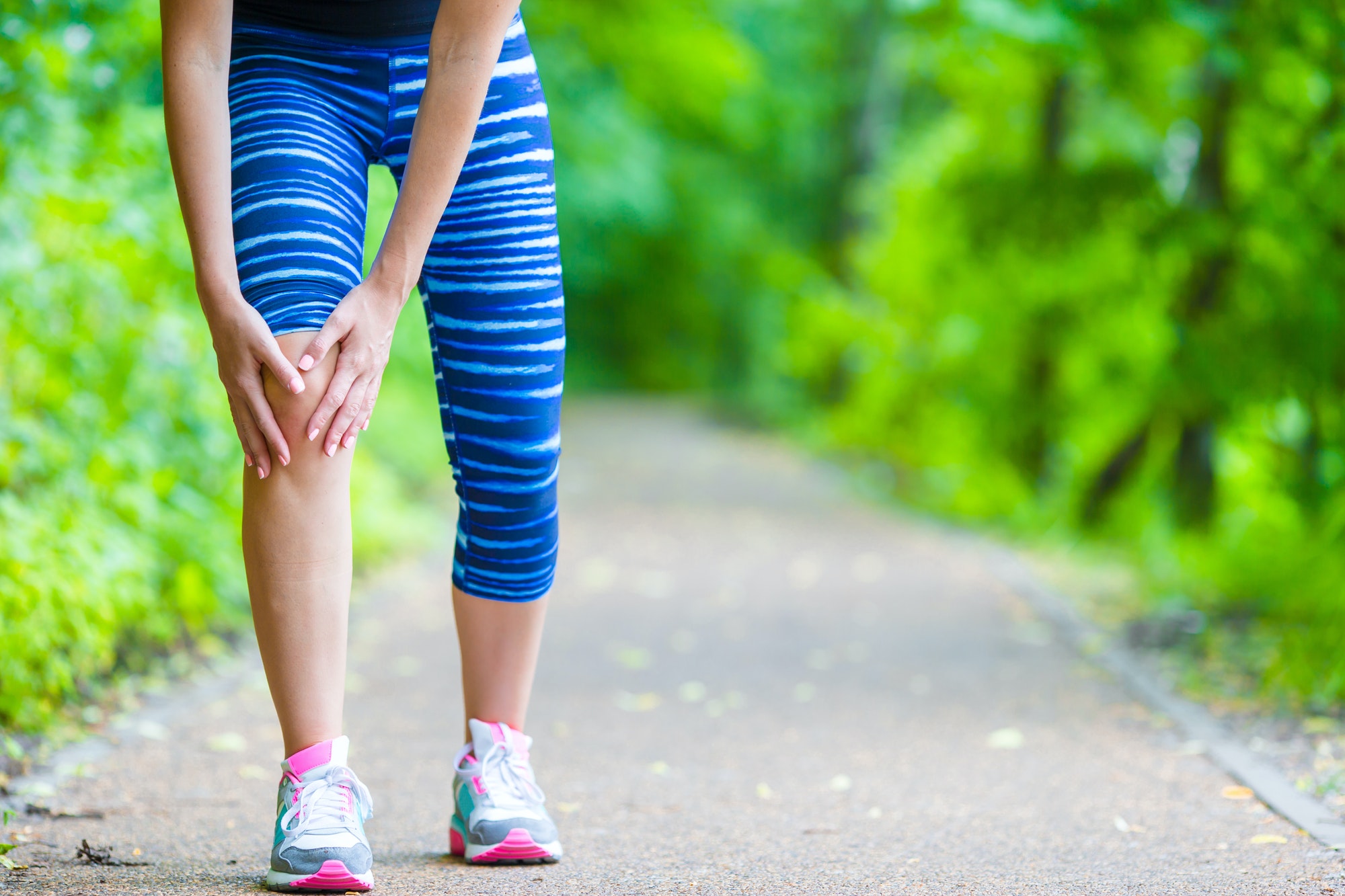
So, now we have a good idea of some of the symptoms of knee pain while bending maybe it’s time to take a look at the possible culprits for this problem!
There are many reasons why people experience knee issues which can essentially boil down to one thing: wear and tear over excessive activity or time causing damage to your body parts! Knee problems tend to be the result of a joint that has been overused and therefore becomes damaged.
Certain activities can lead to wear and tear on the knee, such as:
– Sports like football, rugby, volleyball, basketball, etc.
– Repetitive strain injuries such as from typing for long periods of time or other manual labor jobs.
– Obesity can put more strain on your knees while walking or doing other tasks. So if you suffer from obesity make sure to do some exercises to strengthen your leg muscles and definitely lose some weight (Doing both is even better)
Now let’s take a look at each possible issue that causes issues with bending/flexing your knee:
Remember that these problems are often only symptoms of underlying issues so by identifying the problem you should be able to get rid of it providing it’s an issue that can be corrected without surgery!
What can you do about knee pain when bending?
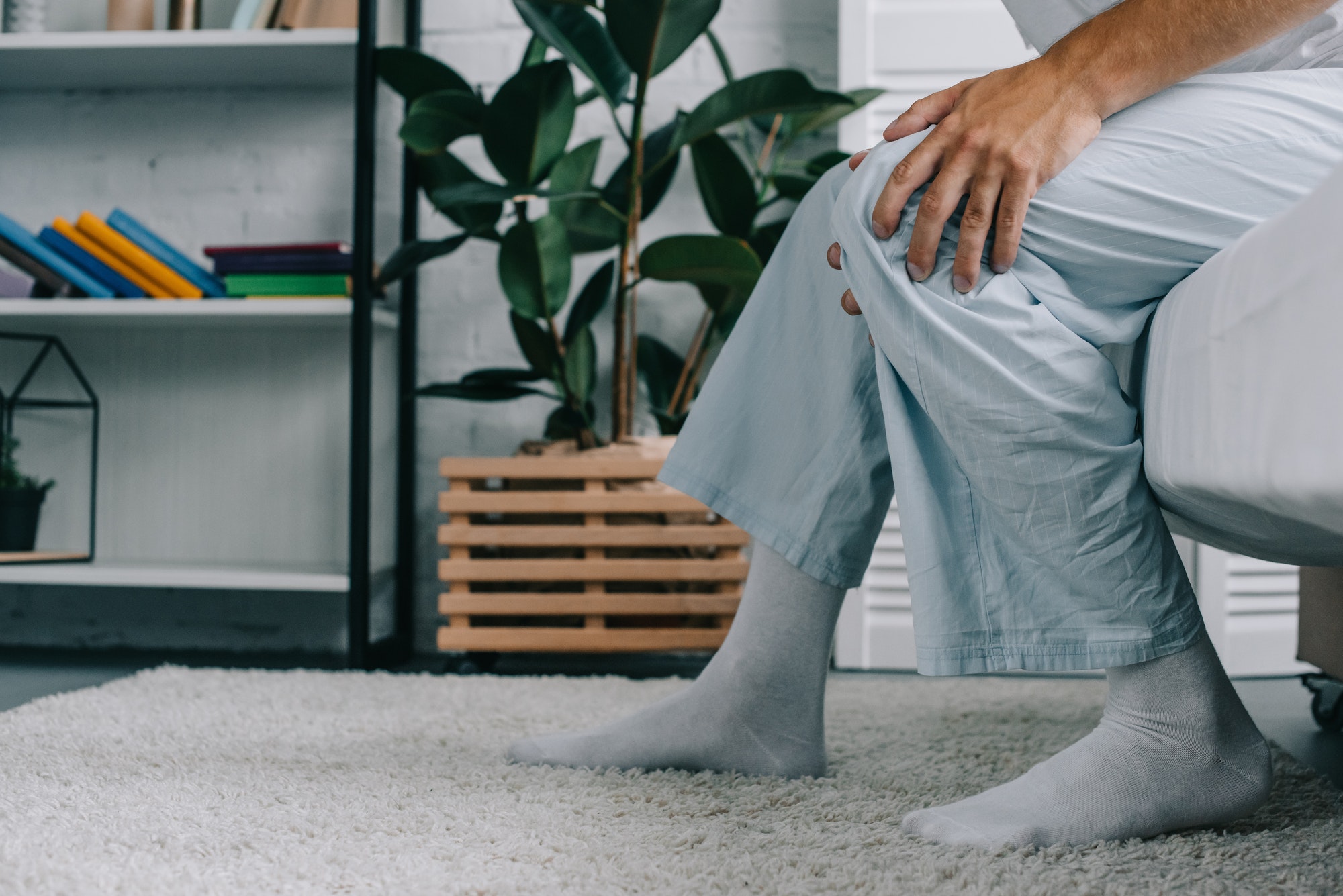
Luckily, there are plenty of treatments out there for those with knee problems as well as ways to prevent it from happening or getting even worse! Again, consult your physician first before attempting anything at home to see what they recommend is the best course of action for you!
However, here are some tips if you need treatment:
- Ice your knee after activity
- Use a heating pad to stimulate healing
- A little bit of movement will help stimulate blood flow
- Exercise can be beneficial but only soft surfaces
Why does it hurt to bend my knee
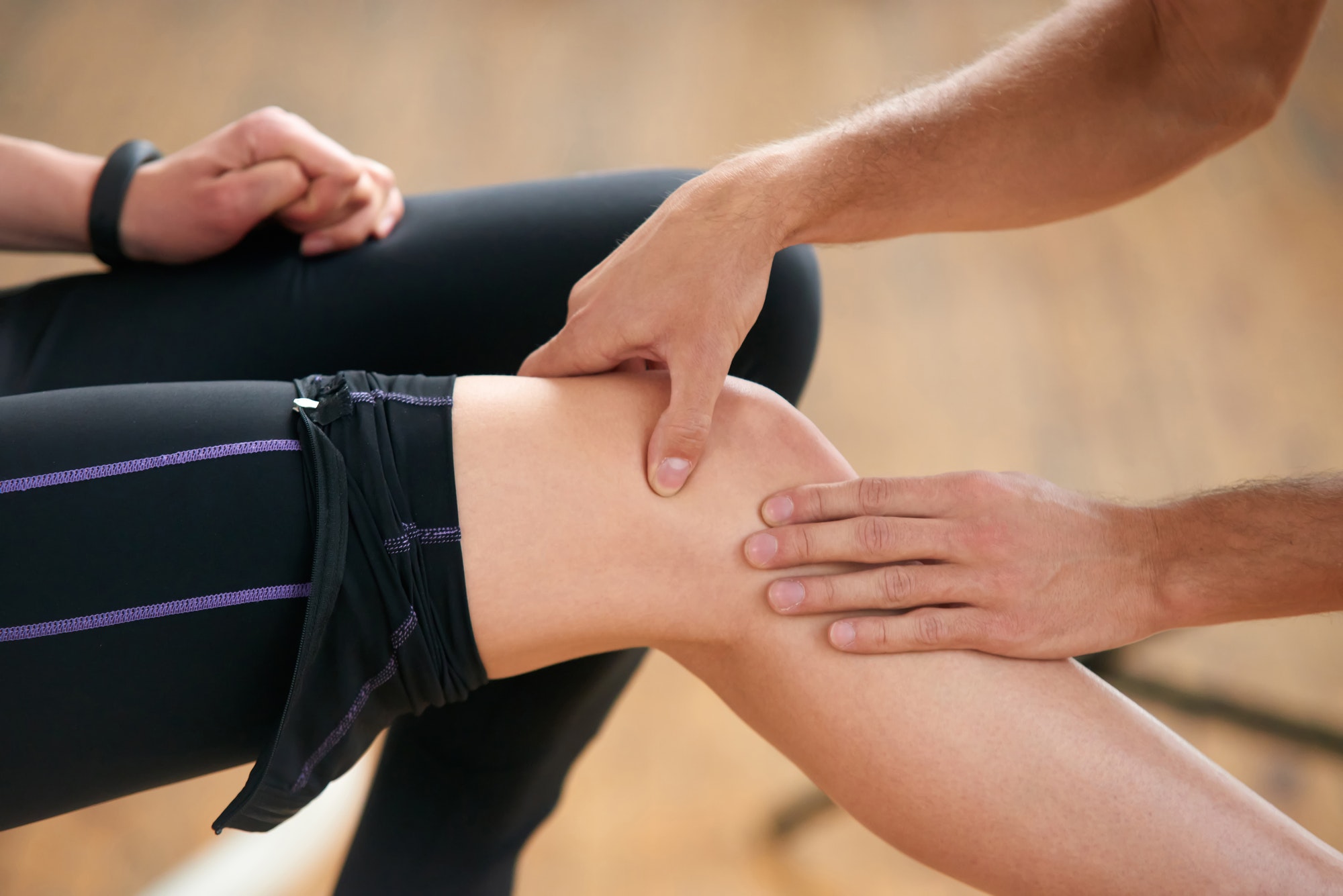
Let’s dive into specifics as to why it would hurt to bend your knee. What exactly is the problem?
Your kneecap, or patella, is part of a group of muscles and tendons called the quadriceps. These muscles run from your thigh to just below your knee, where they attach to the shinbone (tibia).
A tendon runs behind the kneecap and attaches it to a bony prominence on the front of your leg. When you bend or straighten your knee, these muscles and tendons pull on this point on your leg – just underneath the kneecap – which in turn pulls on the kneecap itself.
The pressure caused by contracting (shortening) muscles pulling on tendons as they cross over bones is what allows us to move our joints without muscular effort.
The more flexible those muscles and tendons are, the less pressure is required to bend and straighten the knee.
The kneecap itself is held firmly in place by a series of ligaments that attach it to nearby bones. The two most important of these support ligaments are those on either side of your kneecap, called cruciate ligaments.
They stop the top and bottom edges of your kneecap from slipping too much as you move or rotate your leg.
If this pair of cruciate ligaments become overstretched or torn, for example as a result of a sudden twisting movement when you’re playing a sport, the injured knee can become unstable – particularly when trying to change direction – increasing the risk of damage to one or more of the three groups of knee ligaments responsible for holding the joint together.
The other three groups of knee ligaments (anterior and posterior cruciate and medial and lateral collateral) work like cables, steadying your leg and limiting its movement as you twist or pivot on it.
If these four sets of ligaments are damaged – particularly the anterior cruciate – it can cause pain when trying to bend your knee or rotate it because each time you do so, there’s a risk that one or more of them will be stretched beyond their normal limits.
There are several areas in which this might happen:
- The point where the muscle joins the tendon at the front of your upper shinbone (tibia) and causes a so-called “anterior knee pain” – the front of your knee aches when you try to bend it.
- The point where the hamstring muscles join the bone on top of your thigh and causes a so-called “posterior knee pain” – the back of your knee aches when you try to bend it.
- The point where the hamstring muscles attach into your pelvis or hip joint, and this causes a so-called “hamstring origin syndrome”, which is pain deep in the middle of your buttock that’s made worse by sitting down.
- It can also happen at several points inside your knee joint if there are any loose fragments floating around that happen to bump or damage some of the structures around it.
- It can also happen if you have a disc bulge in your lower back that is pushing on a spinal nerve, and this causes a so-called “radiating pain” down your leg.
I know it’s a long list, but all these types of pain are quite common, and it’s important that you get yourself checked out by either a physiotherapist or physician specializing in sports injuries to find out exactly what is causing your problem.
In many cases, further investigations will be needed with MRI scans, X-rays or other imaging techniques to identify the exact cause of your troubles.
You may need an injection of steroid medication into the knee to reduce inflammation if it’s a tendon injury.
If it’s a situation where soft tissue such as a ligament or cartilage is torn, then surgery might be required to repair this.
This type of surgery can take about 6-8 weeks to heal, so I would advise against trying to get back onto your feet too soon after surgery.
So if you have any of these common causes of knee pain when bending in mind and you’re experiencing similar symptoms, then it will probably help you get on top of things quicker and put an end to that nagging pain once and for all!
How can I prevent knee pain in the future?
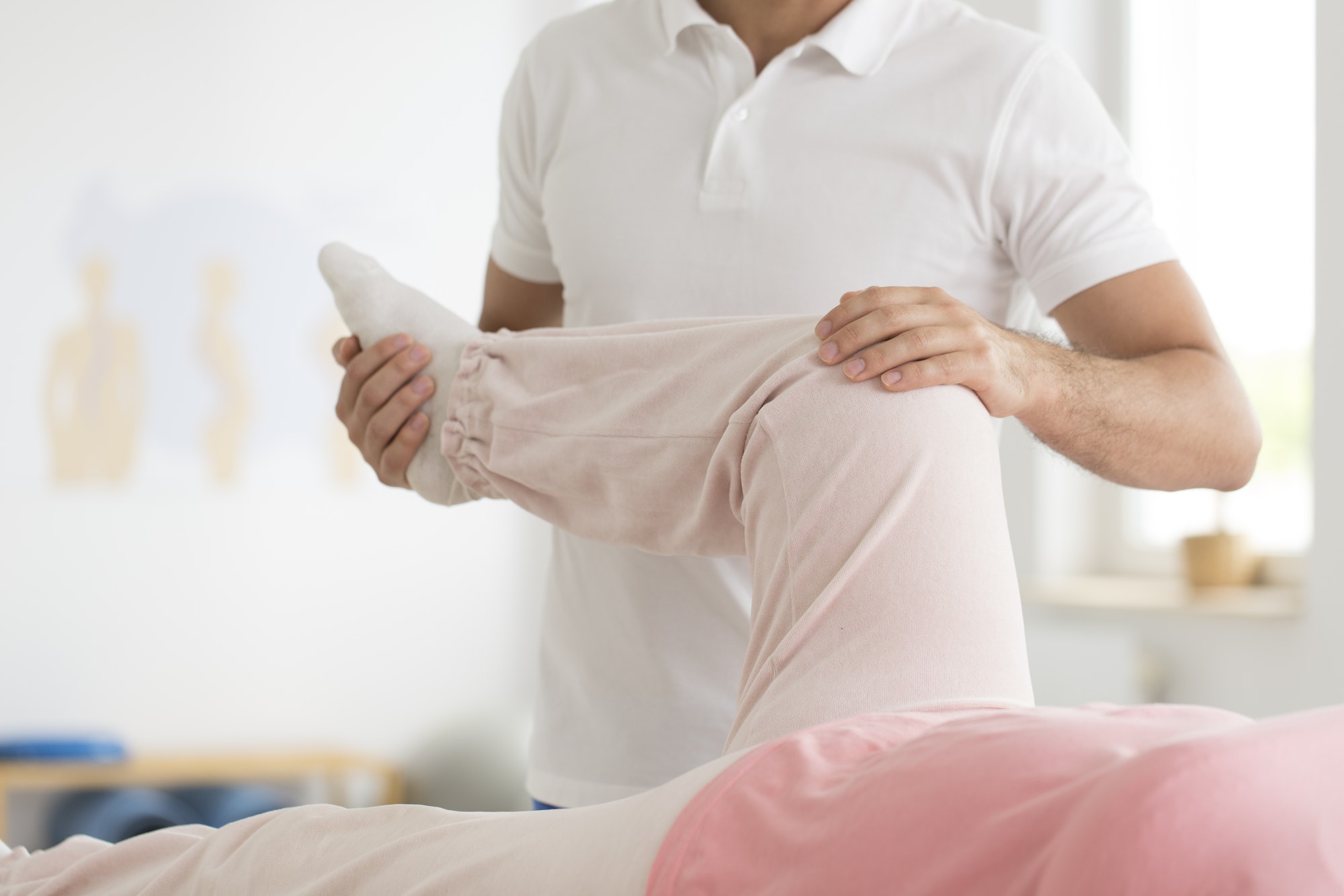
To try and prevent experiencing future knee pain, you should consider incorporating the following into your daily routine.
– Using a foam roller to release tension in muscles surrounding the knee can prevent ligaments and tendons from becoming too tight, which might ultimately lead to knee pain when bending.
– You should also build up your leg strength with exercises such as squats so you have more power behind each step when walking or running.
There are many different reasons why someone could experience knee pain when bending their knee, so it is important that you visit your GP if this happens to you so he/she can properly diagnose what’s going on before more serious injuries develop.
Will I need knee surgery if it doesn’t get better on its own
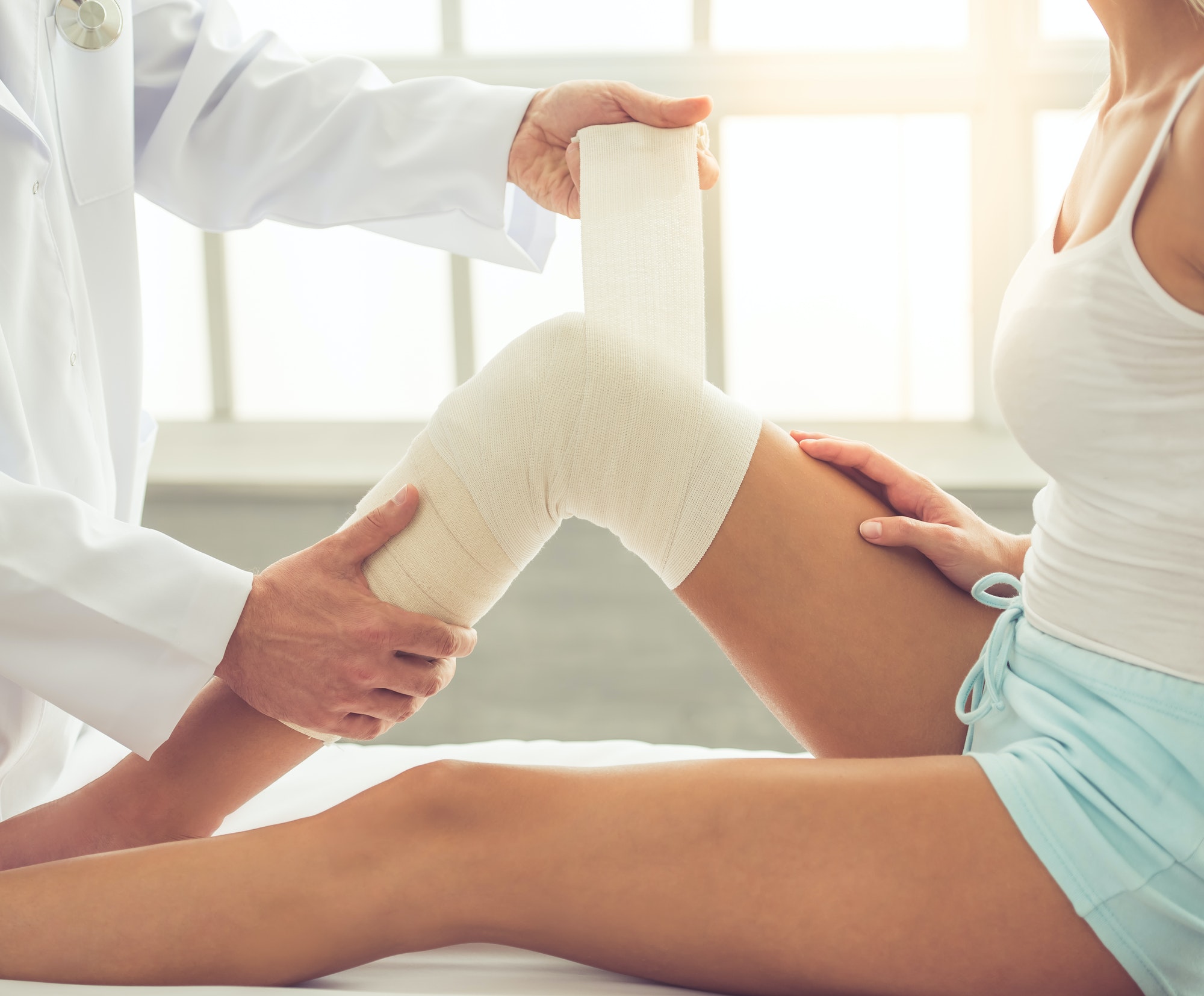
If you’re experiencing extreme discomfort as mentioned before surgery may be the answer. If you’ve done physical therapy and it’s not getting better on its own then your GP may recommend this.
It’s also always wise to have multiple opinions if something is not getting better on its own. In the end, it’s always your choice, but this process of elimination will ensure you have a proper diagnosis and treatment plan.
What is the treatment for a person with knee pain

When bending your knee becomes a problem, then you’ll want to try a few at-home treatment methods as outlined below.
Firstly, ice is good for reducing swelling and pain. Cold treatment should be used as soon as possible after your injury and can help reduce pain and inflammation around the joint.
Apply a cold pack or an ice-filled bag to the affected area for about 15 minutes at a time up to twice per day or as recommended by your doctor. Do not apply ice directly to your skin for longer than 20 minutes.
It’s best if you can find a surface-like plastic that separates the ice from your body such as a frozen gel pack or even something like a paper towel between you and the ice pack.
As an alternative to ice packs, some people find that soaking in a lukewarm salt bath for about 20 minutes helps reduce swelling and discomfort quite dramatically. You can add Epsom salts or baking soda if you wish – both are great at reducing joint pain and helping you feel less stiff.
If possible, this should be repeated daily until the pain subsides which could take several days or up to a week depending on how bad the injury has. It’s important not to overdo this though, as it can make things worse.
If you’ve injured yourself and found that knee pain when bending is becoming a problem you may find that wrapping the joint up in an ace bandage helps to support the knee and relieves some of the pain by giving it support.
If you have access to one, you could ask your doctor if they would be able to fit you with a custom orthotic device tailored for this purpose. This takes away any pressure on your torn or bruised tissue while still allowing enough movement so that you can walk comfortably.
Knee taping proved very successful in treating chronic patella-femoral pain syndrome (PFPS). Knee taping uses elastic adhesive tape wrapped around the knee to support the tissues.
Stretching exercises to help alleviate some of the pain and discomfort that comes with bending your knee.
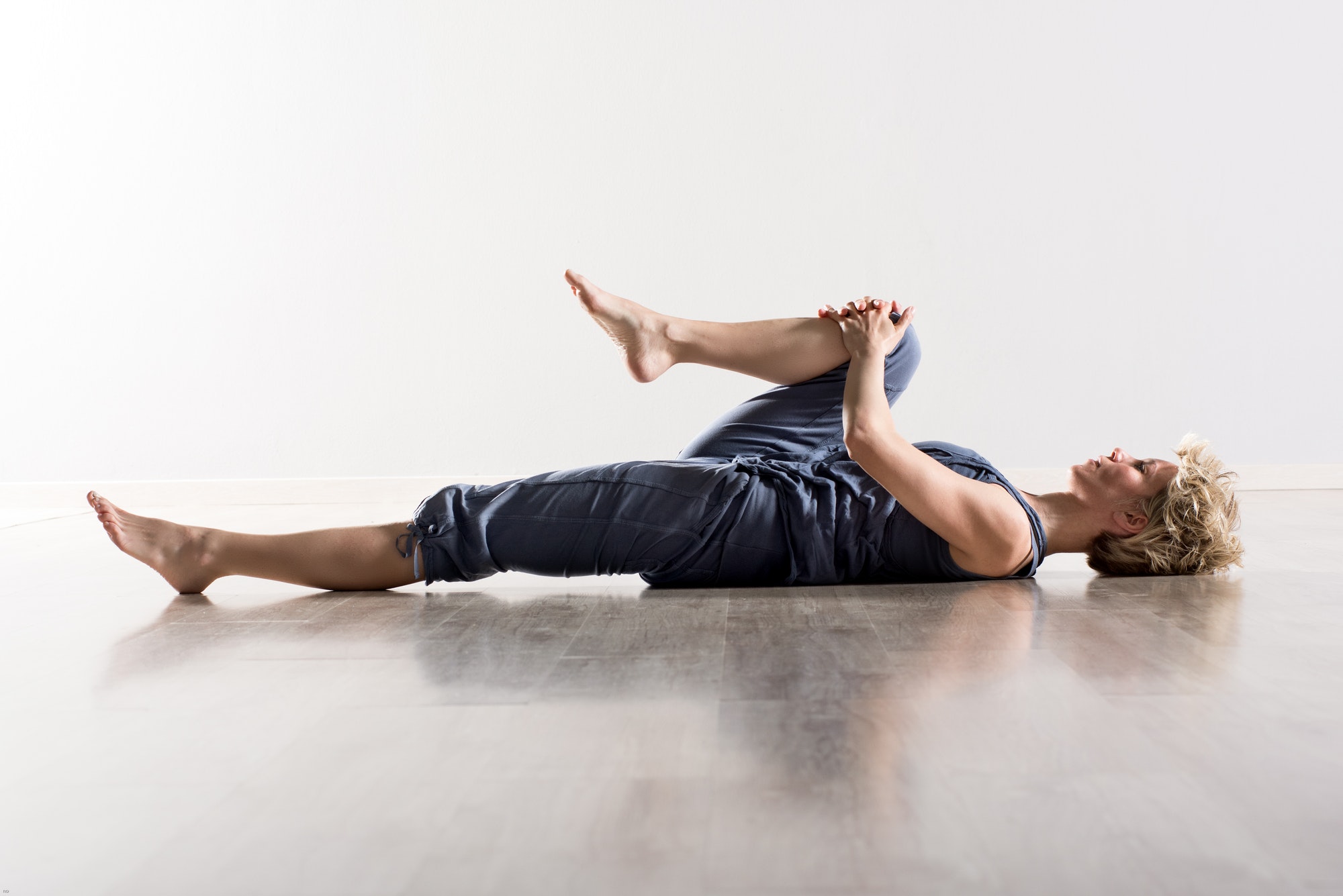
Some stretching exercises that you can do are the quadriceps stretch, hamstring stretch, and calf stretch.
In addition to this, you can also do a simple thigh-stretch just by standing with one leg up on a chair or bench and putting the heel of your other foot on the ground. You then lean into the raised leg until you feel a gentle stretch around the back of your knee.
When done regularly stretching exercises will improve muscle tone around your knees which in turn will make it easier for you to bend down without pain.
Shoes To Help With Knee Pain
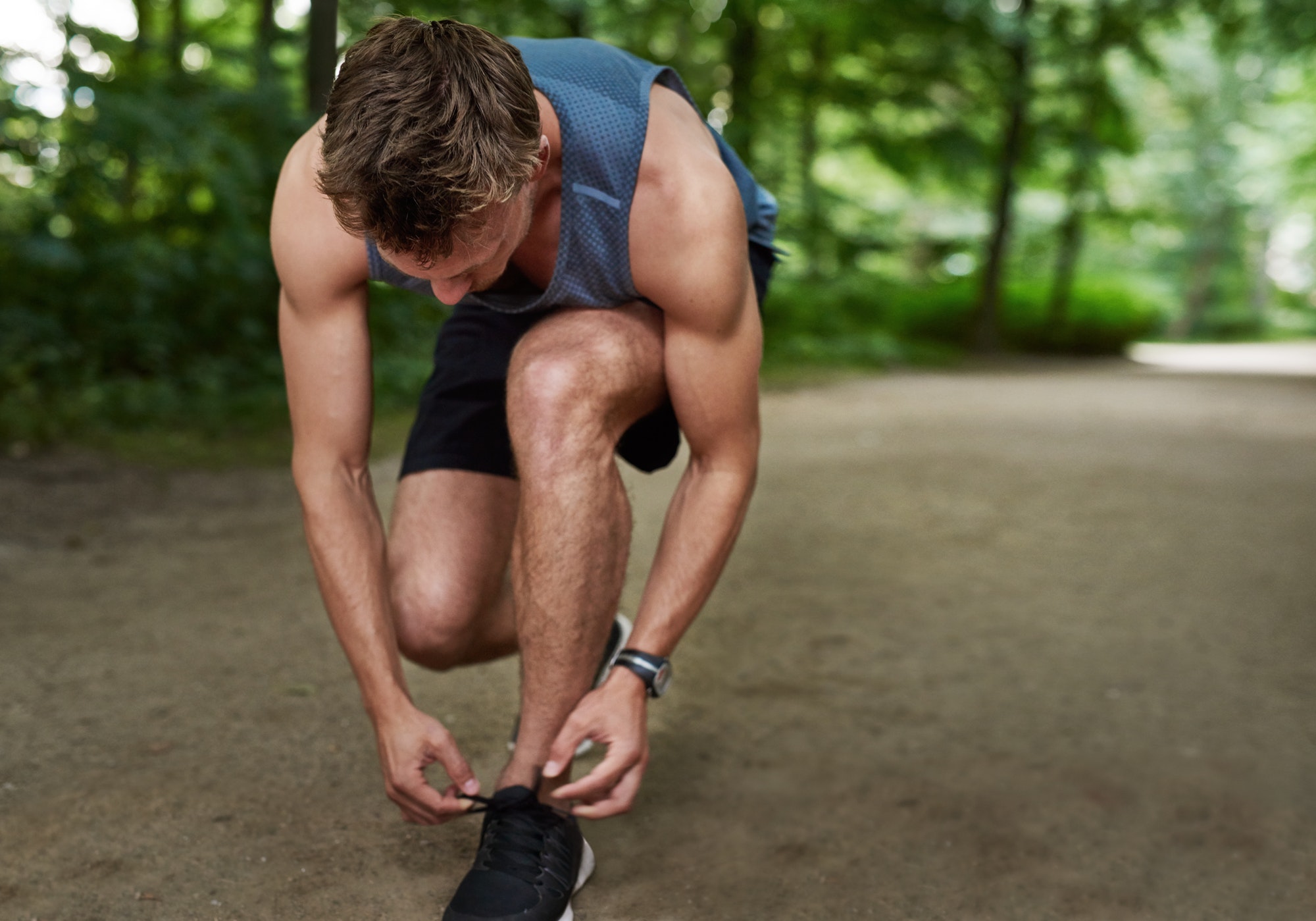
Proper footwear is also very important as those who wear flat shoes may be more prone to knee pain when bending as opposed to those who wear shoes with some sort of arch support or lift in them.
The best shoes to wear when you’re experiencing knee pain are shoes that are lightweight, have good arch support, and have a slight heel to them.
Should You Apply Heat To Get Rid Of Knee Pain?
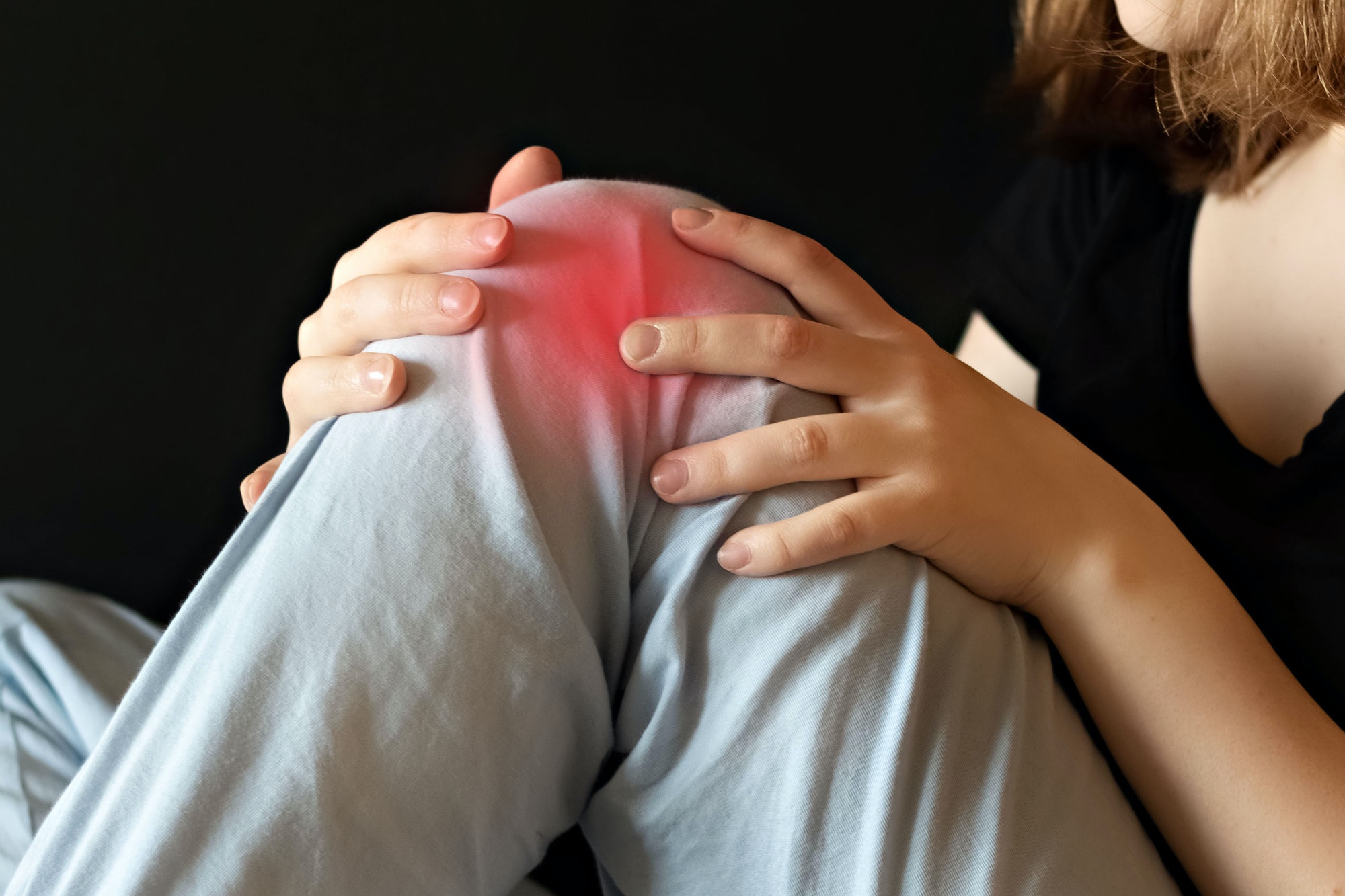
Applying heat to your knee before you bend helps the muscles around the knee loosen up so you can more easily bend without experiencing pain. Those who experience chronic knee pain when bending should apply heat to the knee for at least fifteen minutes two times per day until the pain subsides.
Using A Foam Roller To Treat Knee Pain When Bending
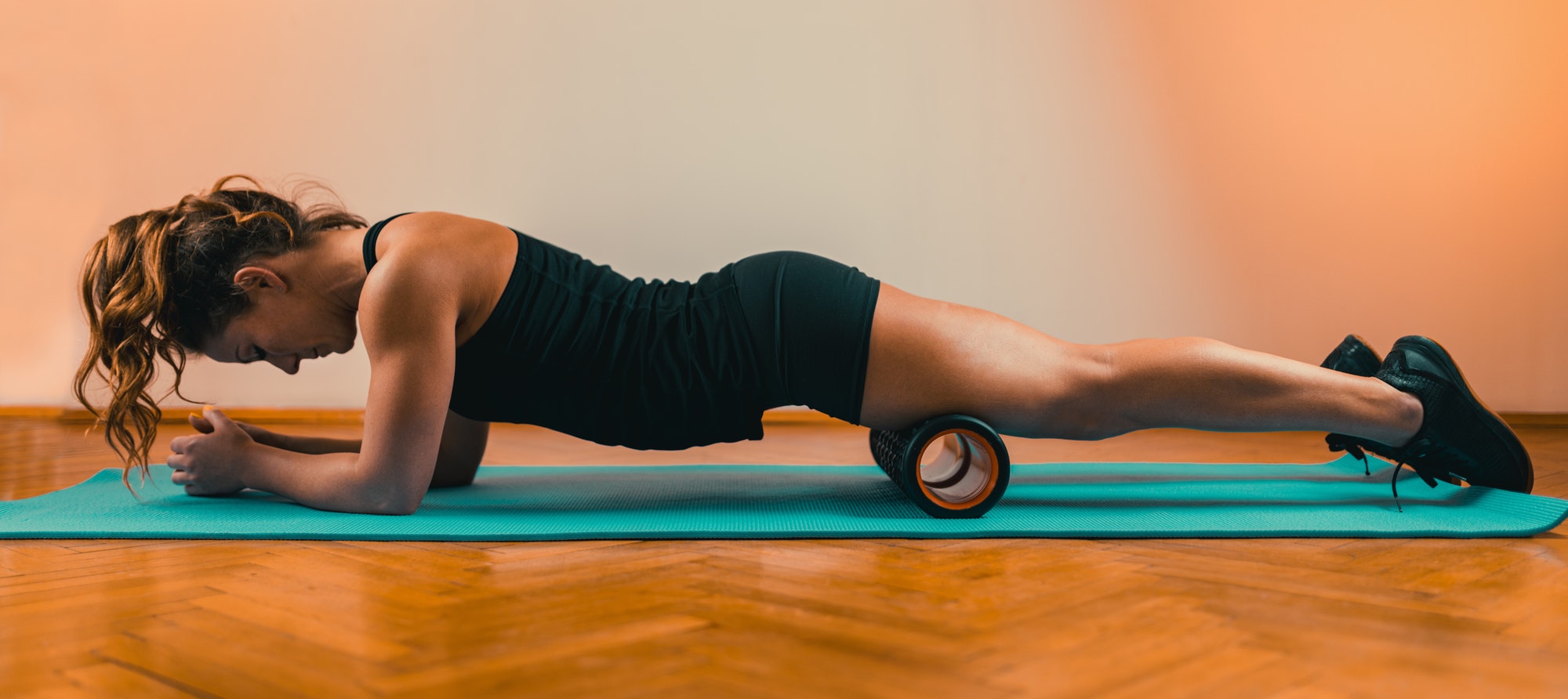
To help treat your knee pain try using a foam roller on your knee first thing upon waking up in the morning, daily during your workouts, and also right before bedtime for about ten minutes total each time.
This treatment is good for your muscles and brings a lot of relief to those with knee pain when bending. Roll each leg until you feel the pain subsiding, never doing any rolling that causes more pain!
Final Thoughts
Your knee pain may be an indication that you need to work on your range of motion. It can also point to a problem in the muscles or ligaments around the knee joint, which is why it’s important to see a doctor for diagnosis and treatment if you are experiencing any type of discomfort there.
If not properly treated, chronic problems with your knees could lead to more serious issues later down the line. As always, prevention is better than cure when it comes to health care.
Make sure you’re staying active while avoiding activities that put undue pressure on your joints. If you are experiencing knee pain when bending, it is important to see your doctor for an examination and diagnosis.

